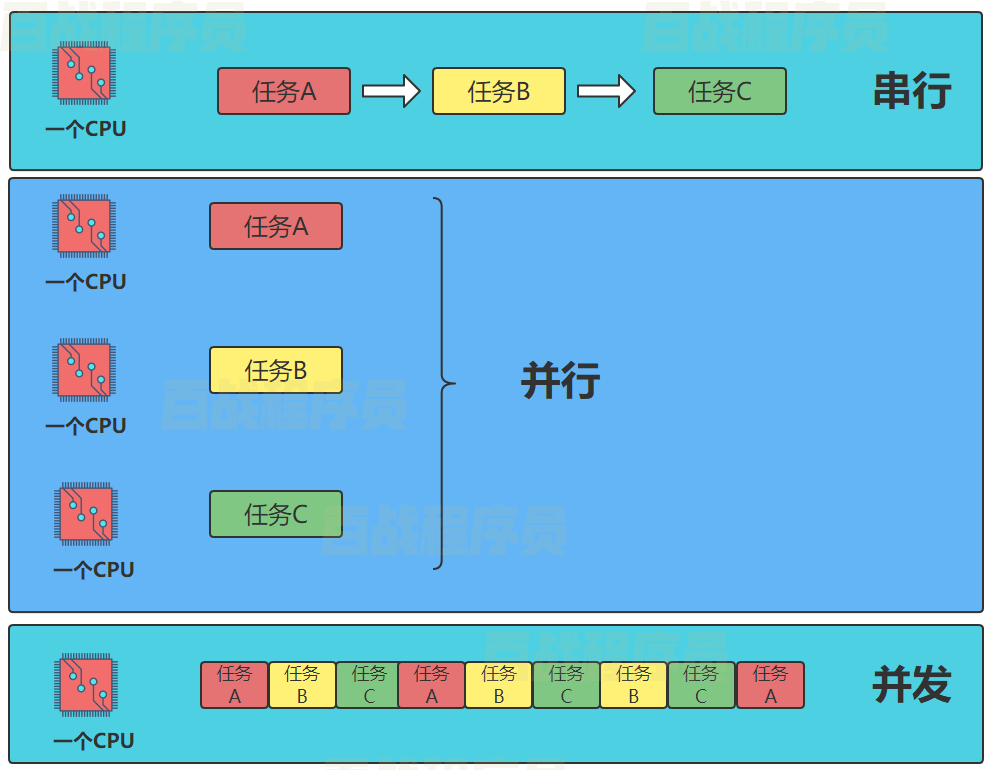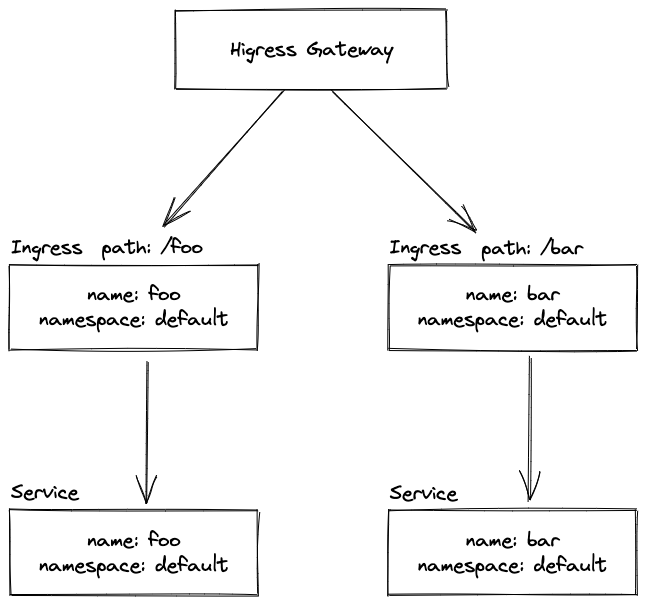它的作用是用来根据路径匹配结果,调用相应过滤器
onPreHandle
这里是正在的执行逻辑,之前的都是判断,它返回了两个方法:
- isAccessAllowed()
- onAccessDenied()
这两个方法通过||运算符连接,其实有一个逻辑判断过程【先判断isAccessAllowed:访问是否允许,如果允许则通过,如果不允许则进行onAccessDenied:访问拒绝处理的逻辑】。
isAccessAllowed
private boolean isAccessAllowed(ServletRequest request, ServletResponse response, Object mappedValue) {
Subject subject = getSubject(request, response);
//获取Subject,然后调用isAuthenticated()判断是否已经认证过了
return subject.isAuthenticated();
}
如果上面isAuthenticated为false,那么需要继续判断是否是!isLoginRequest()非登录请求,且isPermissive()是放行的,也就是说判断是否是匿名访问路径。
onAccessDenied
private boolean onAccessDenied(ServletRequest request, ServletResponse response) throws Exception {
boolean loggedIn = false; // false by default or we wouldn't be in this method
if (isLoginAttempt(request, response)) {
loggedIn = executeLogin(request, response);
}
if (!loggedIn) {
sendChallenge(request, response);
}
return loggedIn;
}
该方法就是isAccessAllowed返回false之后执行的,即访问拒绝的逻辑
isLoginAttempt(),该方法前面已经出现,通过请求头判断是否为尝试登陆,如果 true,则执行登录逻辑;反之,sendChallenge
executeLogin
BasicHttpAuthenticationFilter 是没有实现 executeLogin() 的,因此将调用父类 AuthenticatingFilter 的 executeLogin() 方法。
private boolean executeLogin(ServletRequest request, ServletResponse response) throws Exception {
AuthenticationToken token = createToken(request, response);
if (token == null) {
String msg = "createToken method implementation returned null. A valid non-null AuthenticationToken " +
"must be created in order to execute a login attempt.";
throw new IllegalStateException(msg);
}
try {
Subject subject = getSubject(request, response);
subject.login(token);
return onLoginSuccess(token, subject, request, response);
} catch (AuthenticationException e) {
return onLoginFailure(token, e, request, response);
}
}
private AuthenticationToken createToken(ServletRequest request, ServletResponse response) {
String authorizationHeader = getAuthzHeader(request);
if (authorizationHeader == null || authorizationHeader.length() == 0) {
// 由于没有授权标头,请创建空的身份验证令牌。
return createToken("", "", request, response);
}
log.debug("Attempting to execute login with auth header");
String[] prinCred = getPrincipalsAndCredentials(authorizationHeader, request);
if (prinCred == null || prinCred.length < 2) {
// 创建一个密码为空的身份验证令牌,因为请求中没有提供。
String username = prinCred == null || prinCred.length == 0 ? "" : prinCred[0];
return createToken(username, "", request, response);
}
String username = prinCred[0];
String password = prinCred[1];
return createToken(username, password, request, response);
}
在 createToken 之后,会使用getSubject执行login()。后面会执行securityManager的login方法,在securityManager中会对 token进行验证,本质上就是调用Realm方法验证,如果验证过程中没有异常抛出,则顺利执行。
























